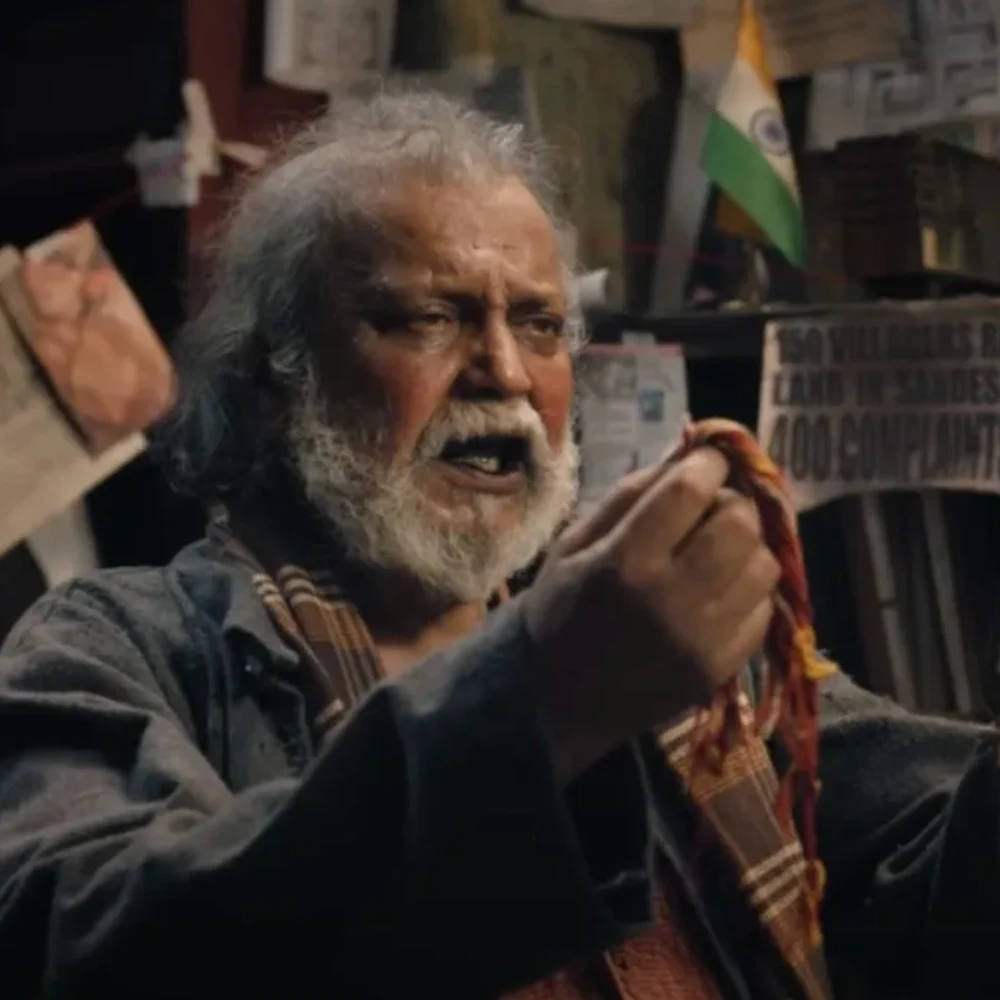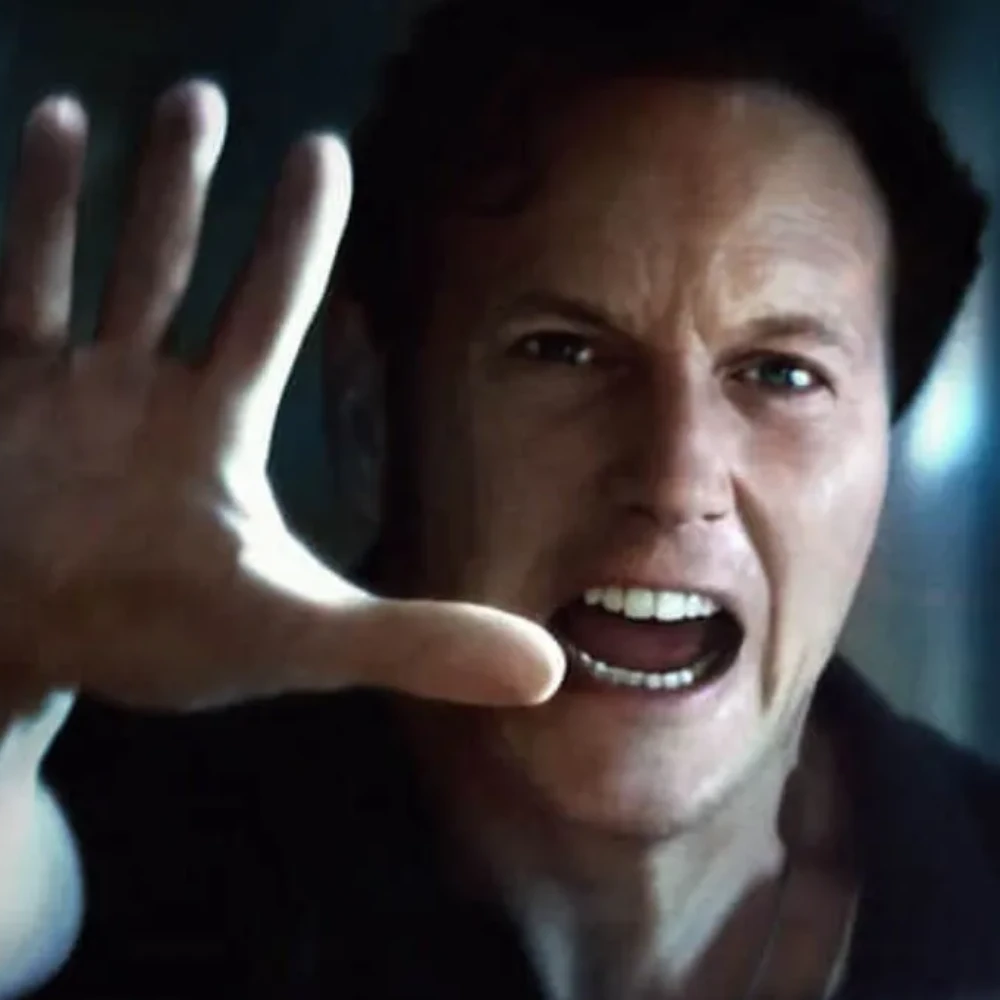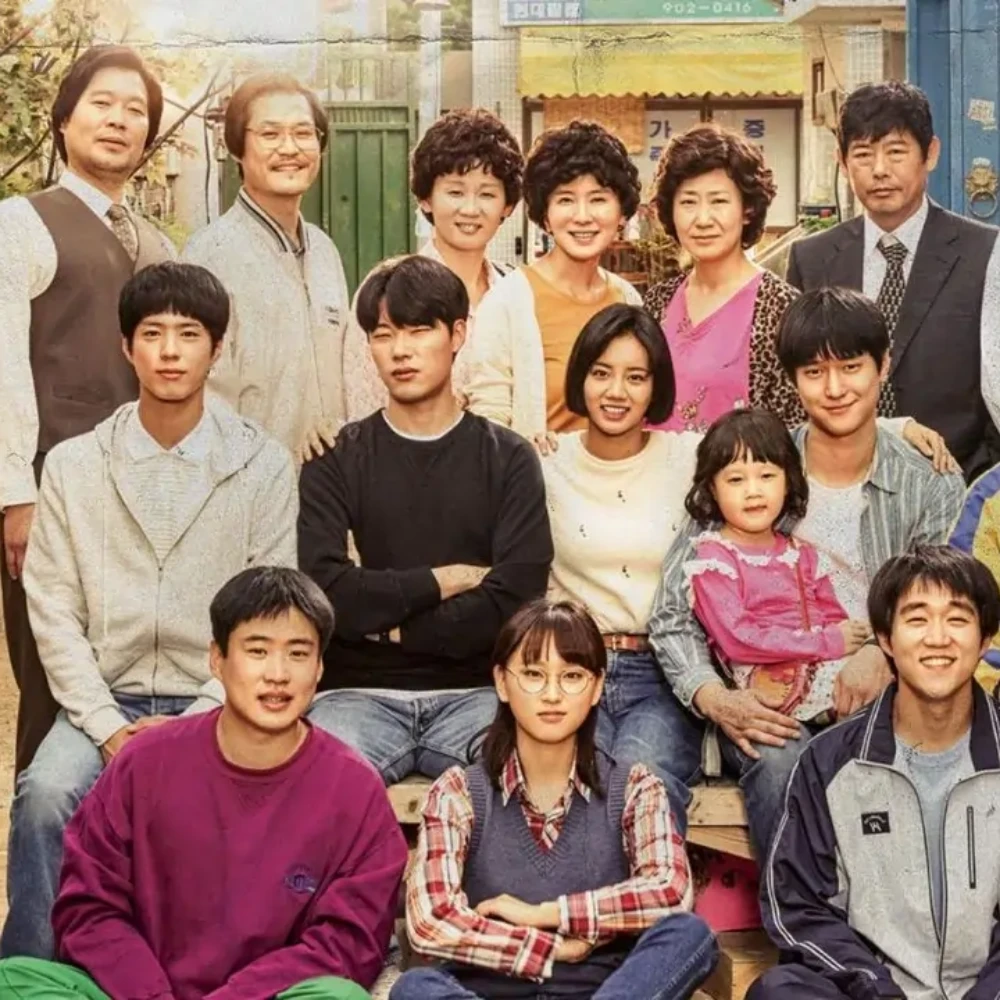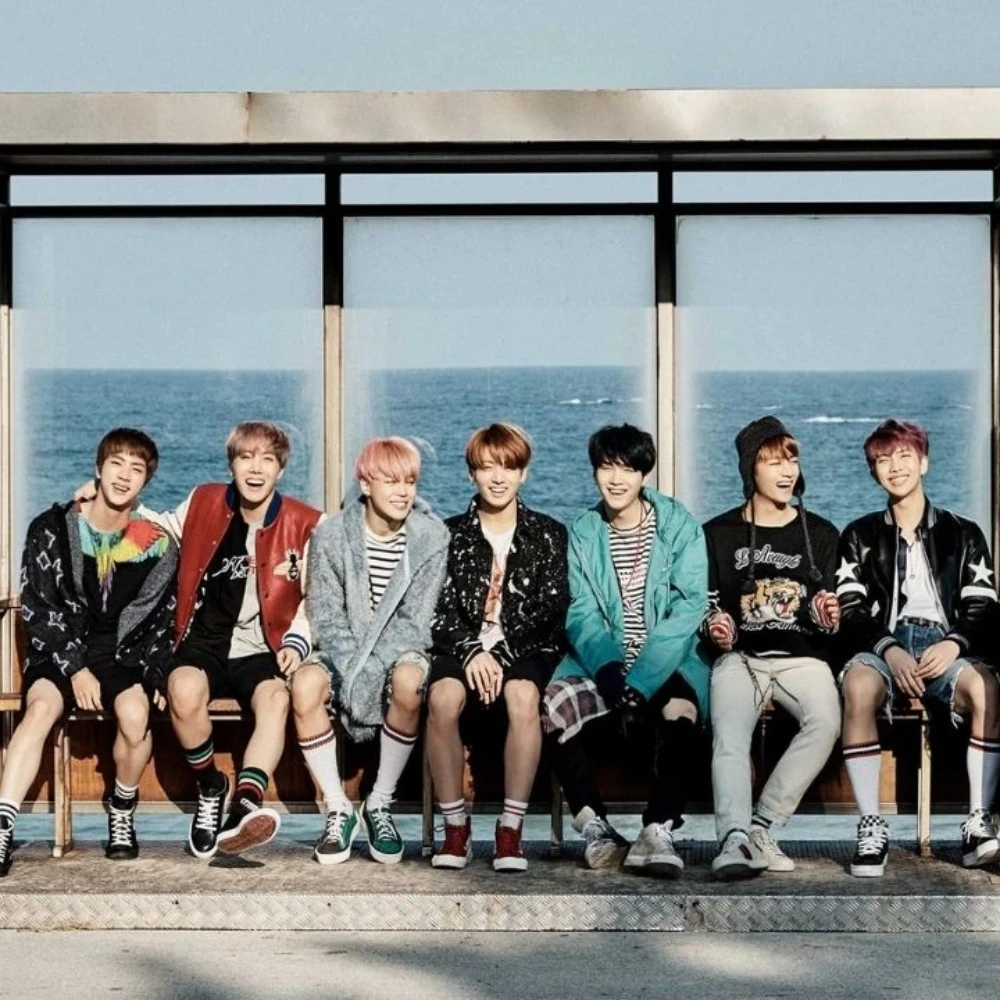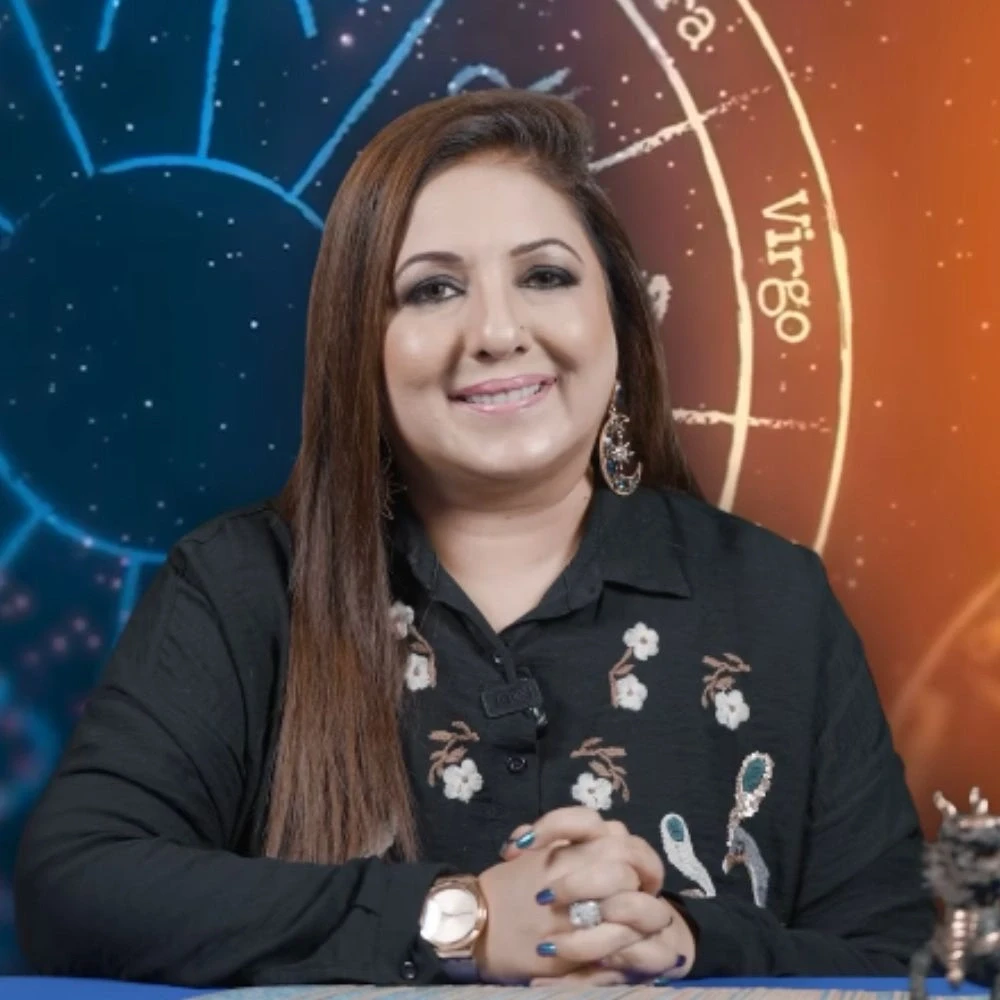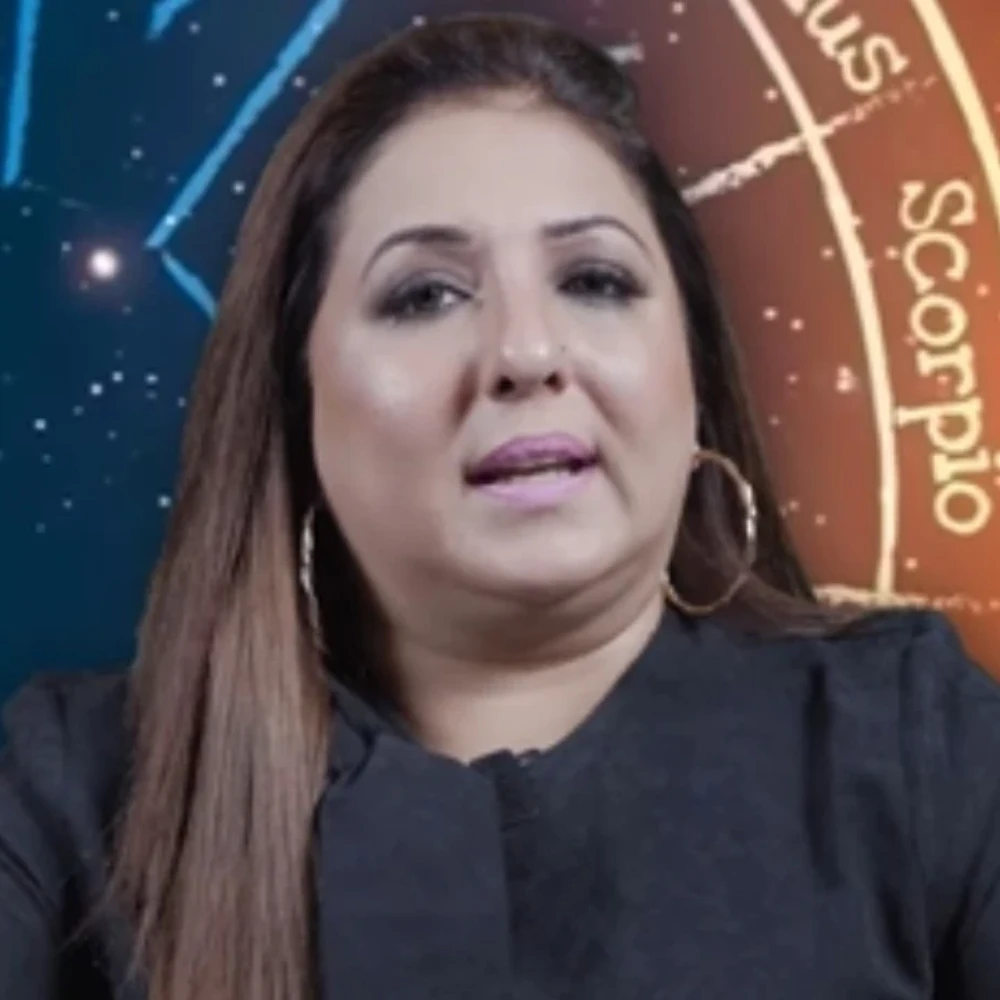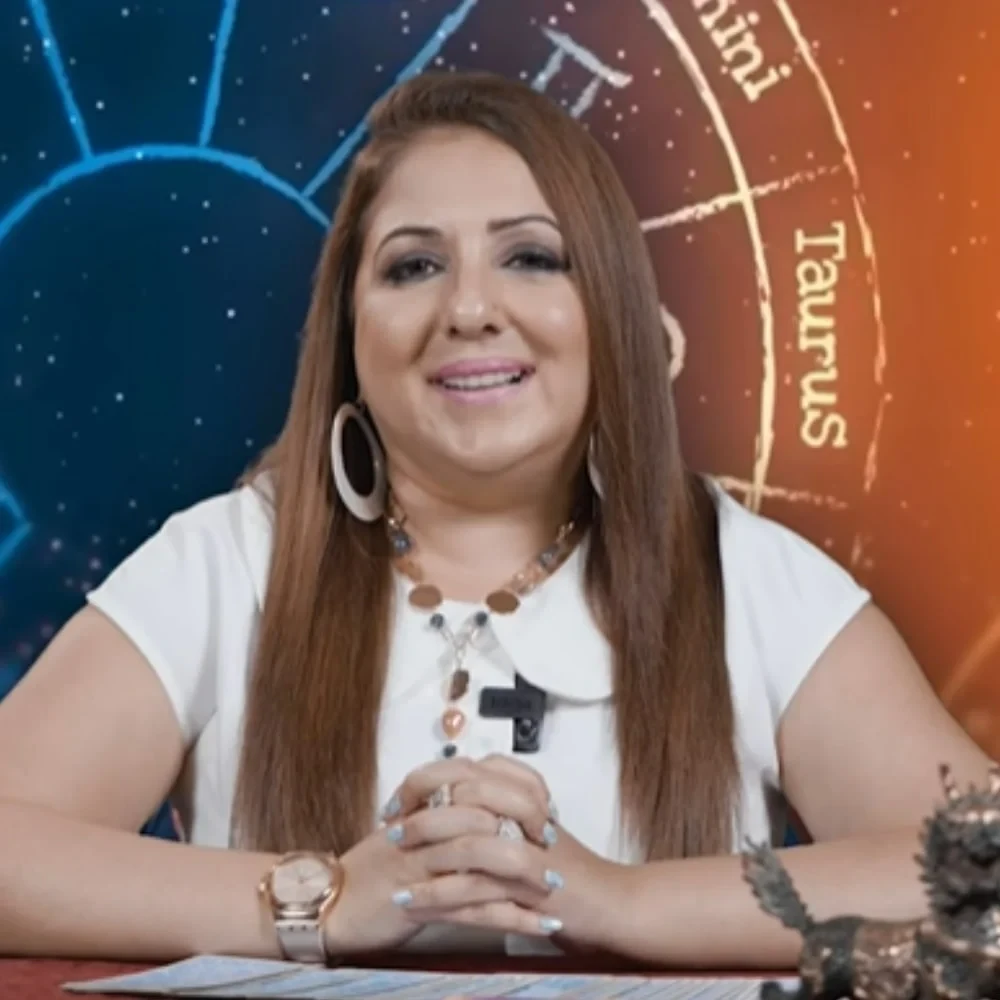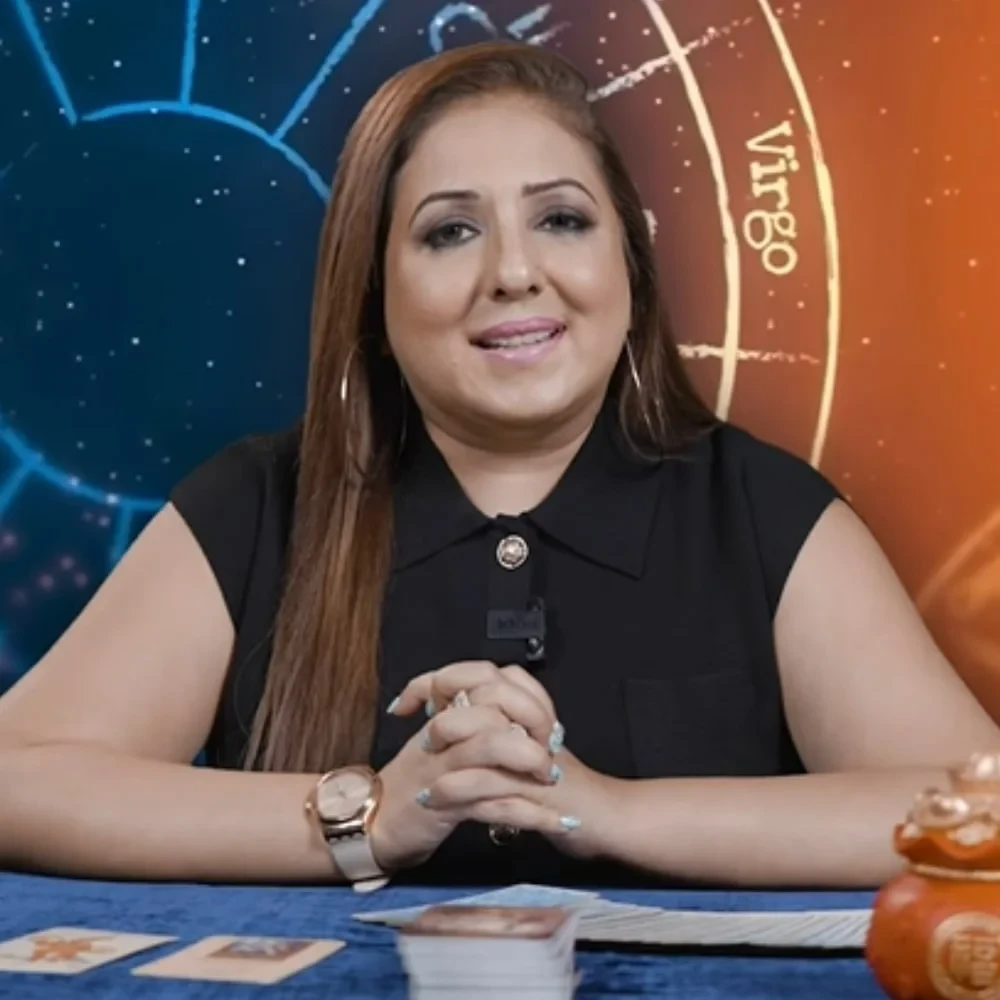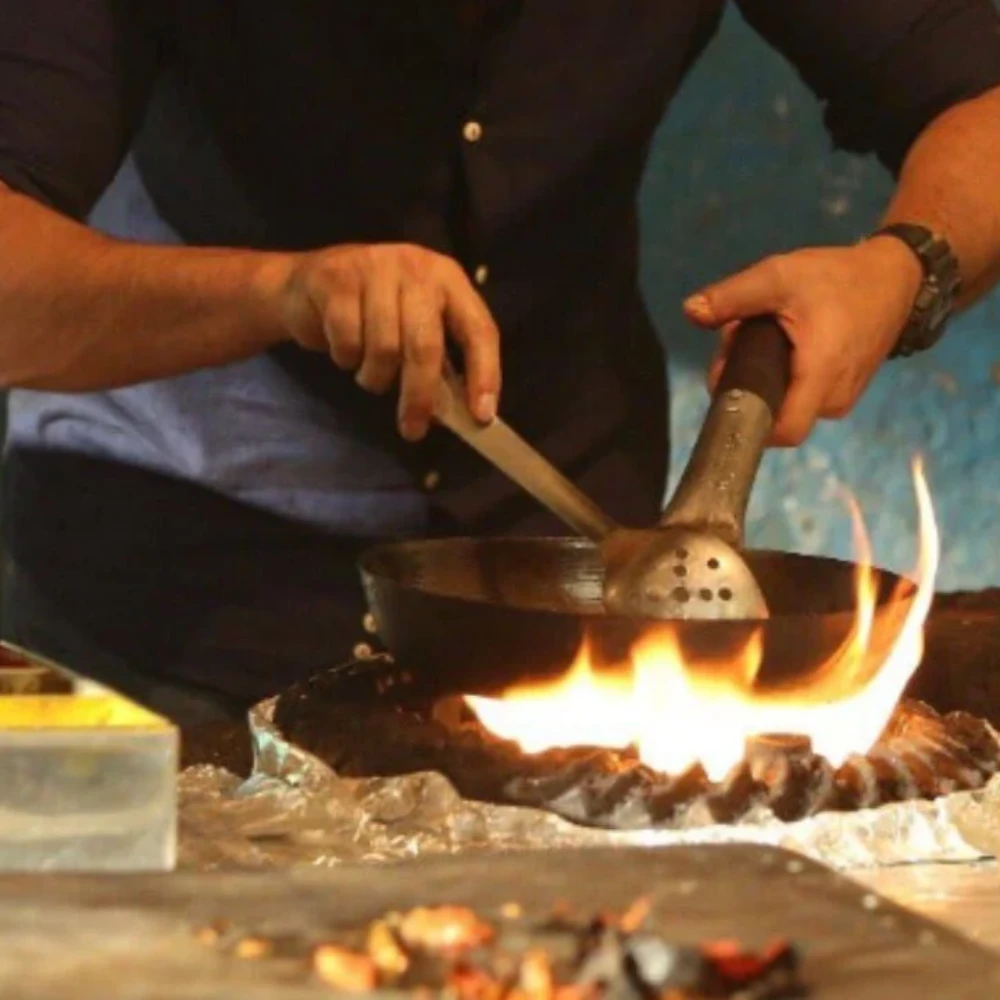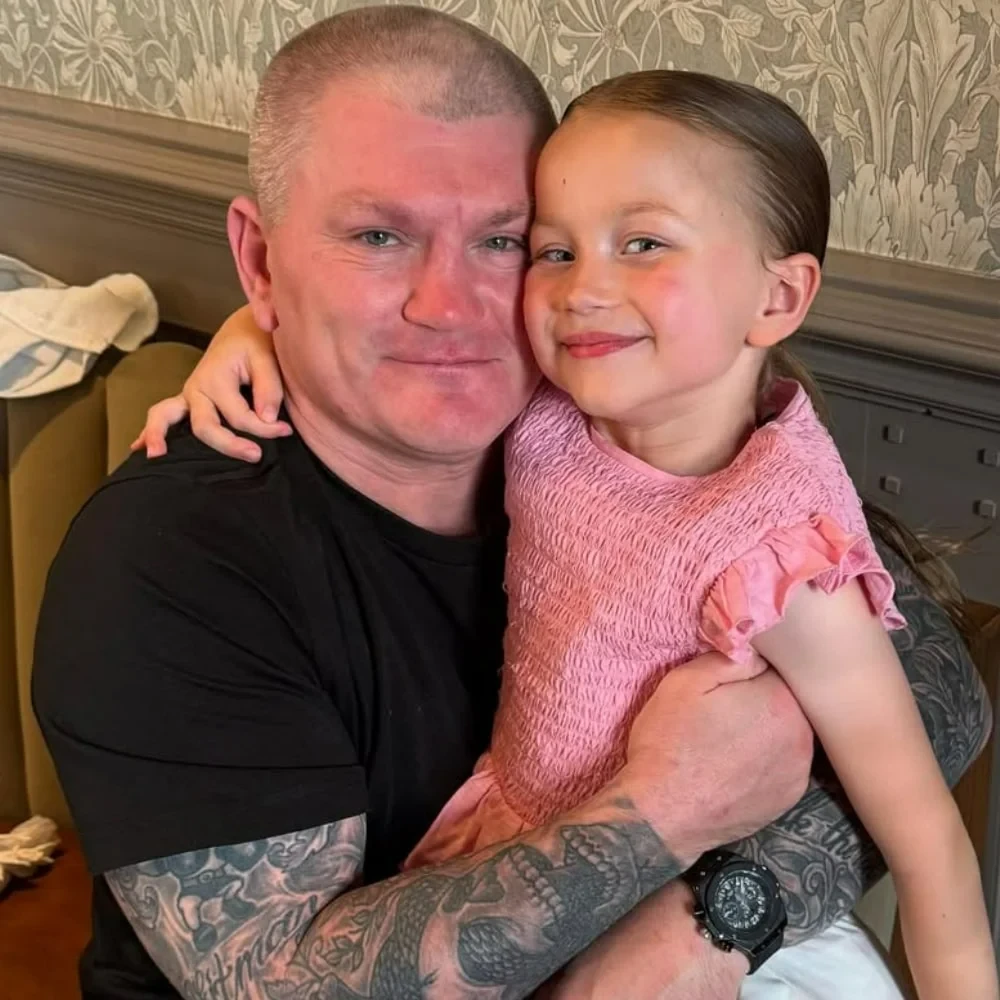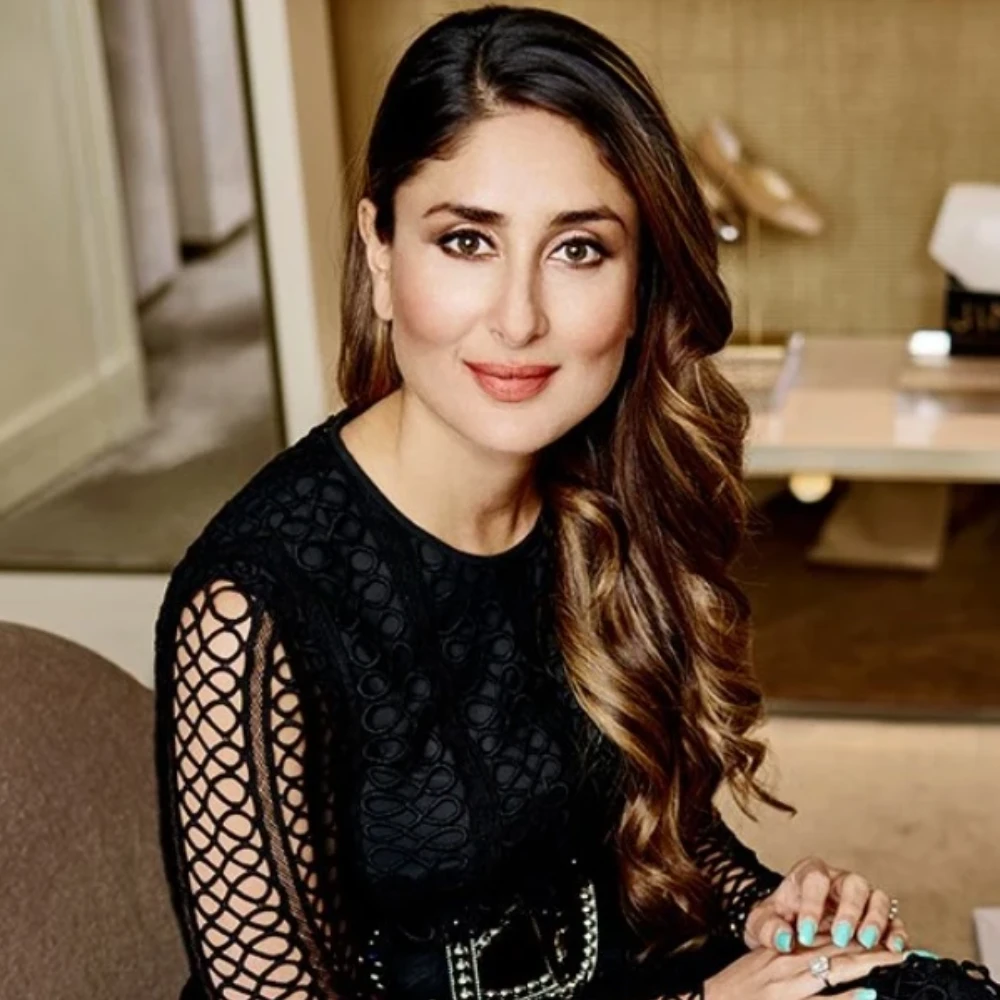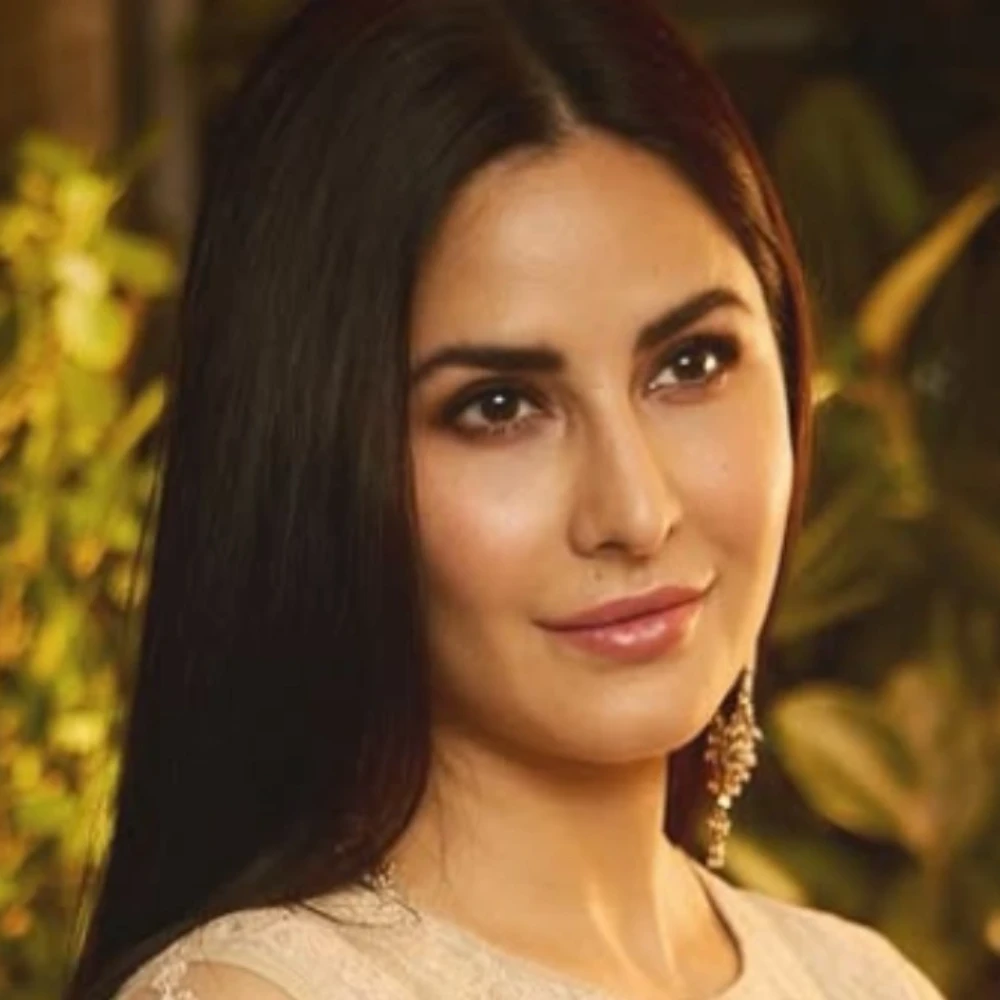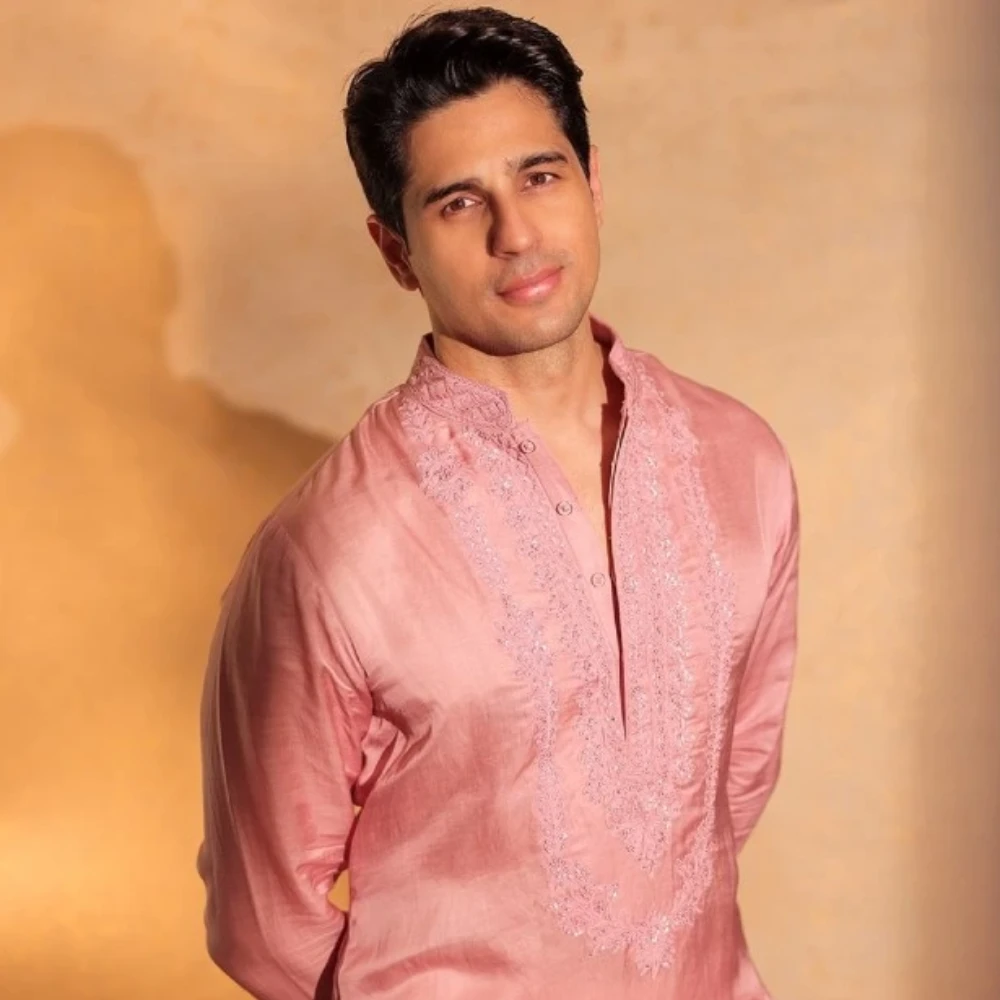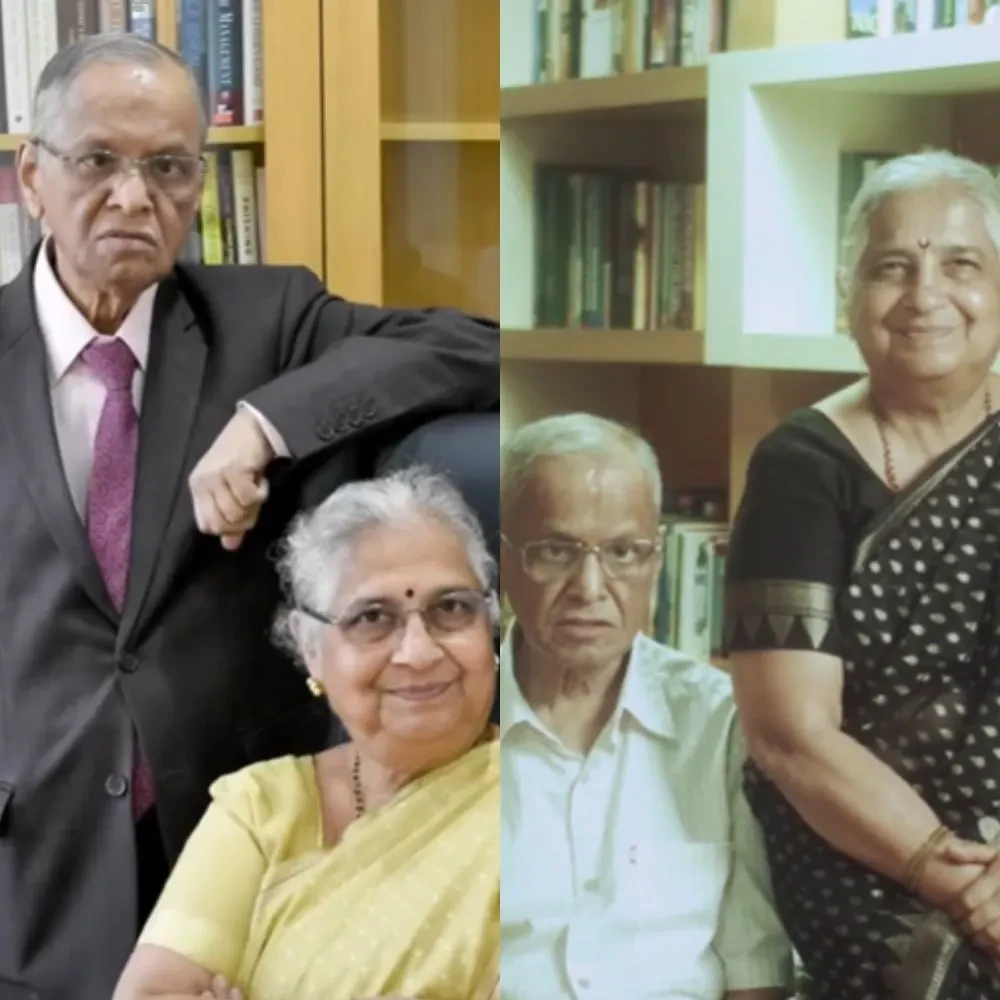Navigating the Turmoil: The Emotional Stages of Divorce
Understand and navigate the emotional stages of divorce with our guide. Gain insight into processing the pain of divorce & learn strategies to move forward.

Divorce is a deeply personal and challenging experience that can stir a whirlwind of emotions. As couples begin the challenging procedure of separating their lives, they frequently discover themselves on a whirlwind ride of emotions, traveling through a maze of doubt, anguish, and even brief glimpses of optimism. It is during these emotional stages of divorce that we discover our inner strength, resilience, and potential for growth.
In this article, we explore the intense emotional landscape that results from a marriage's breakdown. We want to offer comfort and inspiration to anybody who might be feeling overburdened, lost, or uncertain about what lies ahead. Never forget that you are not walking this route alone. Many others have experienced comparable storms and come out stronger and wiser.
Stages of Divorce: Legal Process Vs Emotional Turmoil

In a divorce, people often go through two simultaneous processes: the legal procedure and the emotional phase.
1. Legal Process
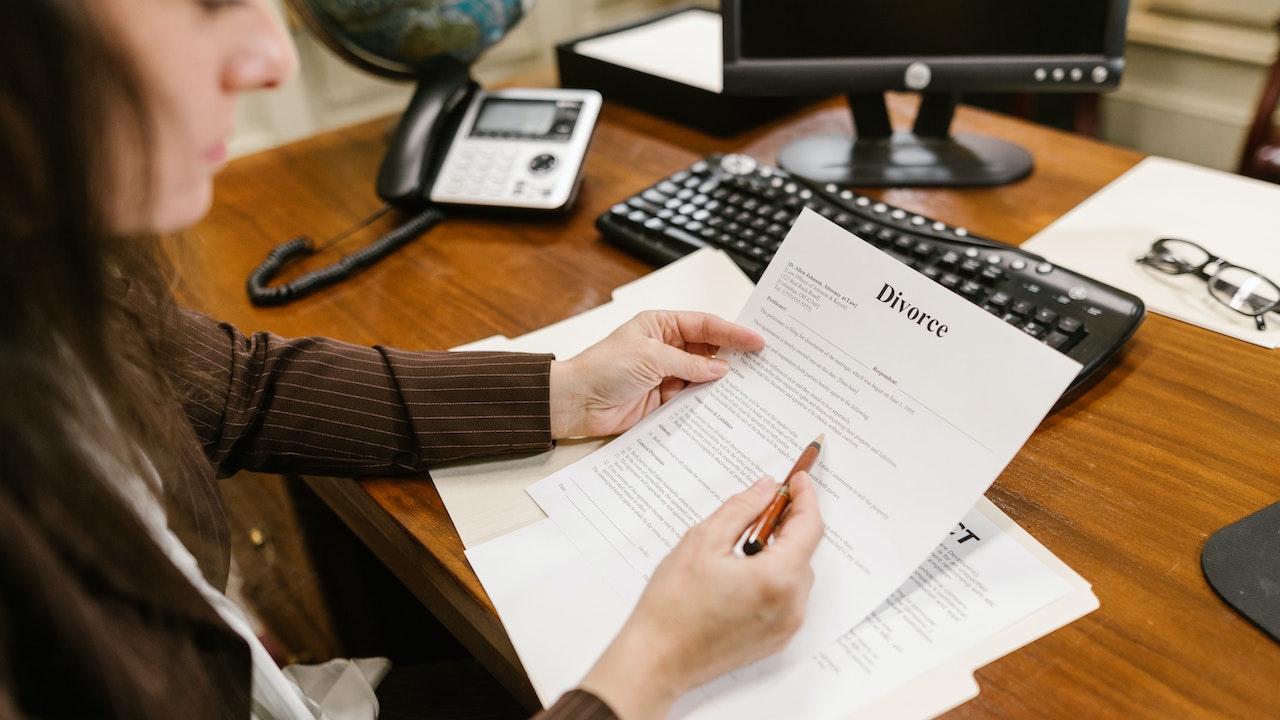
According to the rules and legislation of the region where the divorce occurs, a marriage is formally dissolved throughout the divorce procedure. The following essential components are frequently present:
a) Divorce Petition: A divorce petition is submitted to a court by either of the couples to start the process.
b) Legal Documentation: Various legal documents must be created, submitted, and shared among the parties and their attorneys during the process. These may include the divorce petition, financial disclosures, child custody agreements, and settlement proposals.

c) Division of Assets And Liabilities: The court or the divorcing couple, with the assistance of their attorneys, works on dividing marital property, assets, and debts. With the use of considerations including the duration of the marriage, monetary investments, and anticipated future requirements this approach seeks to produce a fair and equitable split.
d) Child Custody And Support: If there are children involved, determining custody arrangements and child support becomes a crucial aspect of the legal process. The court evaluates various factors to decide what arrangement is in the best interest of the children involved.
e) Legal Proceedings: In some cases, divorce proceedings may involve court appearances, hearings, or mediation sessions to resolve disputes and reach agreements on unresolved issues. The specific procedures and timelines may vary depending on local laws and the complexity of the divorce case.
2. Emotional Process

While the legal process focuses on the practical aspects of dissolving a marriage, the emotional process refers to the psychological and personal journey individuals go through during and after divorce. It involves a range of emotional stages of a relationship after divorce and experiences:
a) Grief And Loss: Divorce often brings a sense of loss, leading to negative emotions such as sadness, anger, confusion, and even relief. Each person may experience these emotions differently and at varying intensities.
b) Adjustment And Healing: As the divorce progresses, individuals begin to adjust to their new reality and embark on a journey of healing. This process may involve self-reflection, seeking support from loved ones or professionals, and finding healthy coping mechanisms to navigate emotional challenges.

c) Self-discovery And Reinvention: Divorce can be an opportunity for personal growth and self-discovery. It allows individuals to redefine their identities, goals, and priorities, and explore new interests and possibilities.
d) Co-parenting Challenges: For parents, divorce introduces a unique set of emotional dynamics related to co-parenting and adapting to the changing family structure. This process often involves finding ways to communicate effectively, manage emotions, and prioritize the well-being of the children involved.
e) Moving Forward: People may eventually come to feel acceptance, forgiveness, and the freedom to carry on with their life. This stage is distinguished by a rekindled feeling of optimism, tenacity, and the potential to create a rewarding future.
It's important to recognize that the legal and emotional processes of divorce are interconnected. While the legal process provides a framework for resolving practical matters, the emotional process requires attention and care to address the deep-seated emotions and facilitate healing and personal growth. Seeking support from professionals, such as divorce lawyers and therapists, can help individuals navigate both processes more effectively.
What Is an Emotional Divorce: Decoding the Roller Coaster Phase

Emotional divorce refers to a state of disconnection and detachment between spouses or partners, where the emotional bond and intimacy that once existed within the relationship diminishes or disappears. It is a psychological and emotional separation that can occur alongside or preceding the legal process of divorce.
In an emotional divorce, individuals may experience a lack of emotional support, understanding, and connection with their partner. They may no longer feel heard, valued, or emotionally connected. The relationship may become distant, cold, or characterized by ongoing emotional conflicts and resentment.
Signs of Emotional Divorce Can Include:
1. Loss of Emotional Intimacy

The emotional connection and closeness that once characterized the relationship fade away. Communication becomes shallow or non-existent, and there is a lack of emotional support and empathy.
2. Indifference And Apathy

There is a feeling of emotional distance and disregard for one another's needs and wants. The partners may feel emotionally numb or disconnected, with little interest in resolving conflicts or working on the relationship.
3. Resentment And Contempt

Negative feelings of resentment and contempt may build up over time, leading to increased conflict and negative interactions. Partners may hold grudges and engage in harmful behaviors, further eroding the emotional bond.
4. Loss of Trust

Emotional divorce often involves a breakdown of trust within the relationship. This can result from past hurts, breaches of emotional boundaries, or a lack of emotional support and understanding.
Emotional divorce can be a precursor to or a consequence of the legal process of divorce. However, it signifies a significant emotional disconnection that may make reconciliation difficult.
What Are the Emotional Stages of Divorce: Finding Peace Amidst Chaos

The term "emotional stages of divorce" refers to the variety of feelings and psychological experiences that people often go through when going through an annulment or after a marriage has ended. People might switch among these stages since they are not always consecutive. While the specific experiences can vary, some common grief phases of divorce include denial, anger, bargaining, depression, and acceptance.
It's important to note that these emotional stages are not fixed or linear. People may move through them at different paces and may revisit certain aspects as they navigate the complexities of separation. Additionally, individuals may experience other emotions not listed here or may have unique variations in their emotional journeys.
Each person's emotional journey through divorce is very distinct and impacted by a variety of elements, including the nature of the partnership, personal coping procedures, support networks, and personal adaptability. Seeking professional support, such as therapy or counseling, can be beneficial in navigating the grief stages of divorce and promoting healing and growth.
Unveiling the Emotional Odyssey: Navigating the Emotional Stages of Divorce

Intense highs and lows, doubt, and self-discovery are all part of the maze-like stages of grief after divorce that you must navigate.
Stage 1: Denial And Shock

The beginning of the divorce journey often brings a sense of disbelief, as if the world has shifted beneath your feet. Emotions swing from confusion to anger, disbelief to sadness. It's essential to acknowledge the initial shock and allow yourself the space to grieve the loss of your marriage. Remember, healing starts with acceptance, and it's okay to take your time.
Stage 2: Anger And Resentment

As reality sets in, anger can become a powerful force during the divorce stages of grief. You might feel resentment towards your former partner, yourself, or the circumstances that led to this point. It's crucial to acknowledge and express these emotions in healthy ways, seeking support from friends, family, or a therapist. Understand that feelings of anger are a natural response, but they should not define your journey forward.
Stage 3: Bargaining And Guilt

During the bargaining stage of divorce, you may find yourself longing for what once was, contemplating what could have been done differently, or even bargaining with fate itself. Guilt may also rear its head, causing you to question your worth or blame yourself for the end of the relationship. Remember, dear reader, that forgiveness starts with oneself. It is a vital step towards finding peace and moving forward.
Stage 4: Sadness And Mourning

Amidst the waves of grief, sadness may envelop you, leaving you feeling lost, alone, and overwhelmed. Give yourself time to mourn the passing of the life you once led, the aspirations you shared, and the future you imagined. Seek solace in the support of loved ones and consider professional help if needed. Remember, in the depths of sorrow, seeds of hope can sprout, leading you to a brighter tomorrow.
Stage 5: Acceptance And Renewal

Finally, as the storm subsides, acceptance and renewal begin to take root. You emerge from the depths of your pain, discovering that you possess a strength and resilience you never knew existed. At this point, you begin to picture a future brimming with fresh opportunities for development as a person and the ability to build a life in line with your true self. Embrace this transformation and embrace the person you are becoming.
Women Vs Men And Divorce Emotional Stages: Unveiling the Hidden Journey

The emotional stages of divorce for a man may vary from that of a woman. However, how men and women may interpret and express their feelings after divorce might vary depending on society's expectations, cultural norms, and personal experiences.
1. Coping Mechanisms
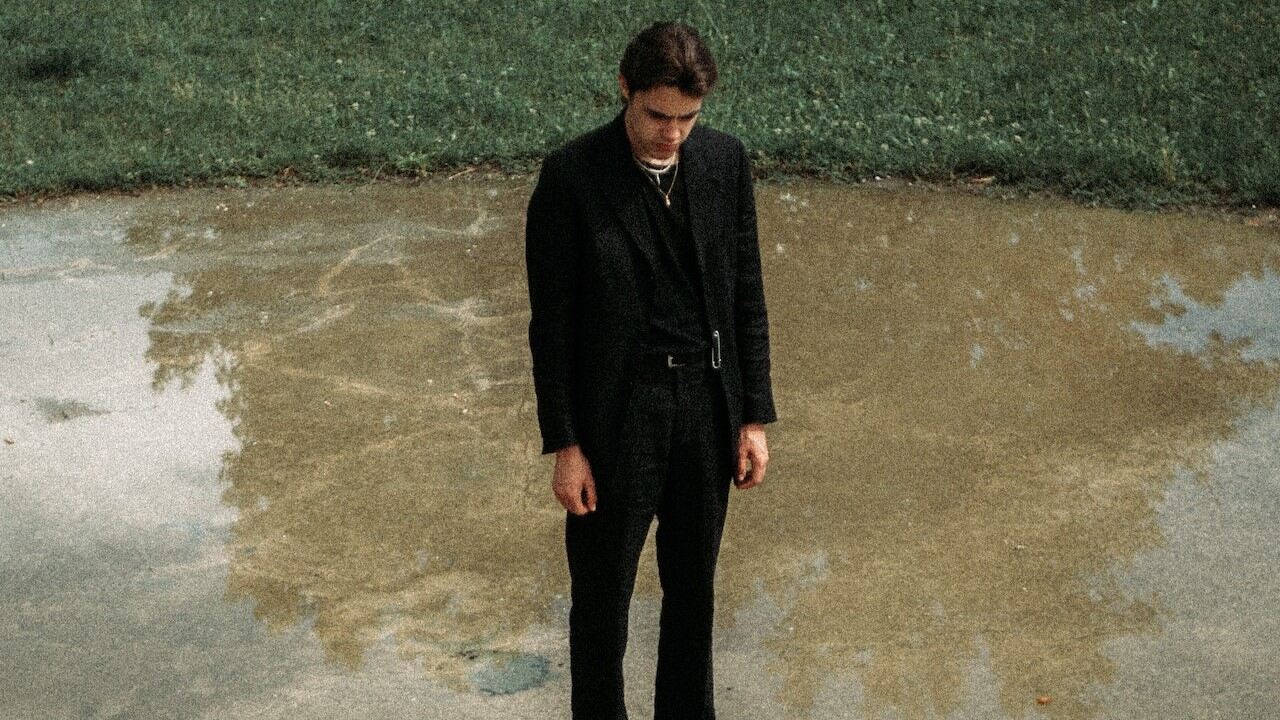
Men and women often have different coping mechanisms when facing emotional challenges. Men may be more inclined to internalize their emotions, trying to maintain a stoic facade and not openly expressing their pain. This can sometimes lead to feelings of isolation and difficulty seeking emotional support.
2. Communication Styles

Women could be more likely than men to ask for emotional assistance and express their emotions during the divorce grieving process. They could be more inclined to discuss their feelings with friends, relatives, or support groups to get affirmation and empathy. The ability of men to process and recover might be hampered by their inability to communicate their feelings honestly.
3. Social Expectations
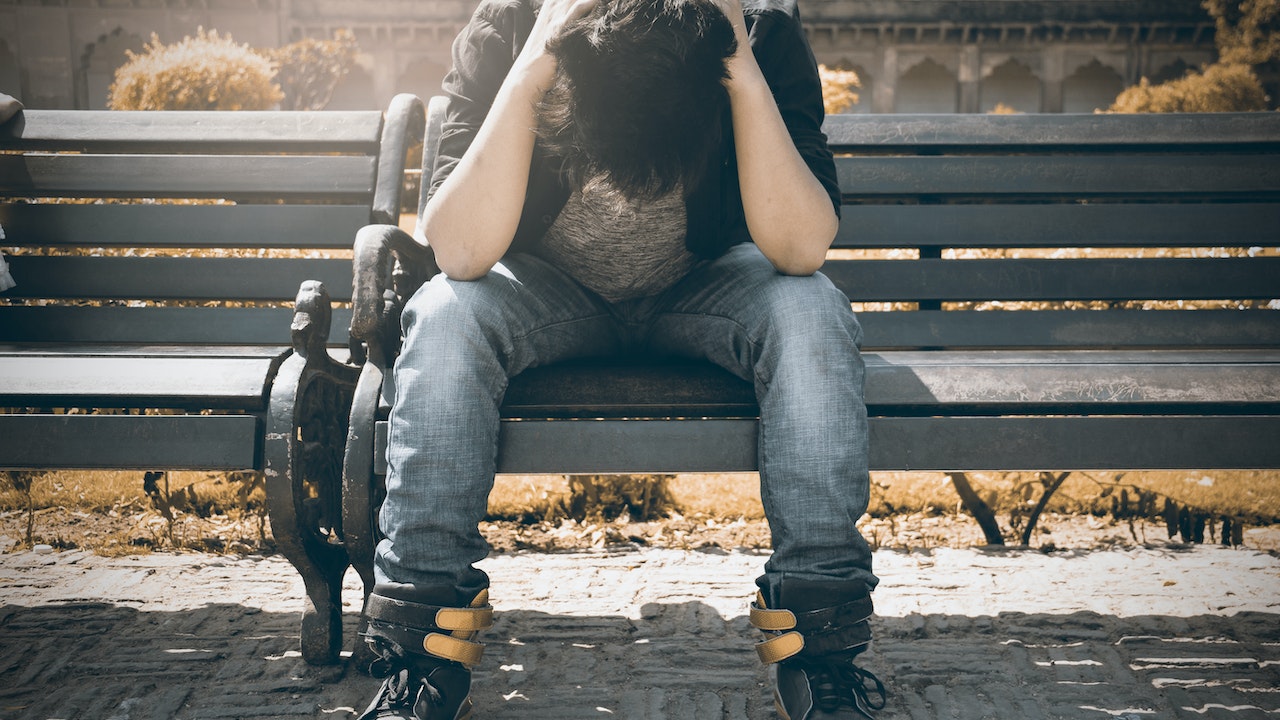
Society often imposes certain expectations on men and women regarding emotional expression. Men may struggle to properly explore and process their initial feelings because they feel pushed to uphold a perception of strength and independence. Women, on the other hand, might feel more at ease talking about feelings and seeking mental support.
4. Parenting Roles
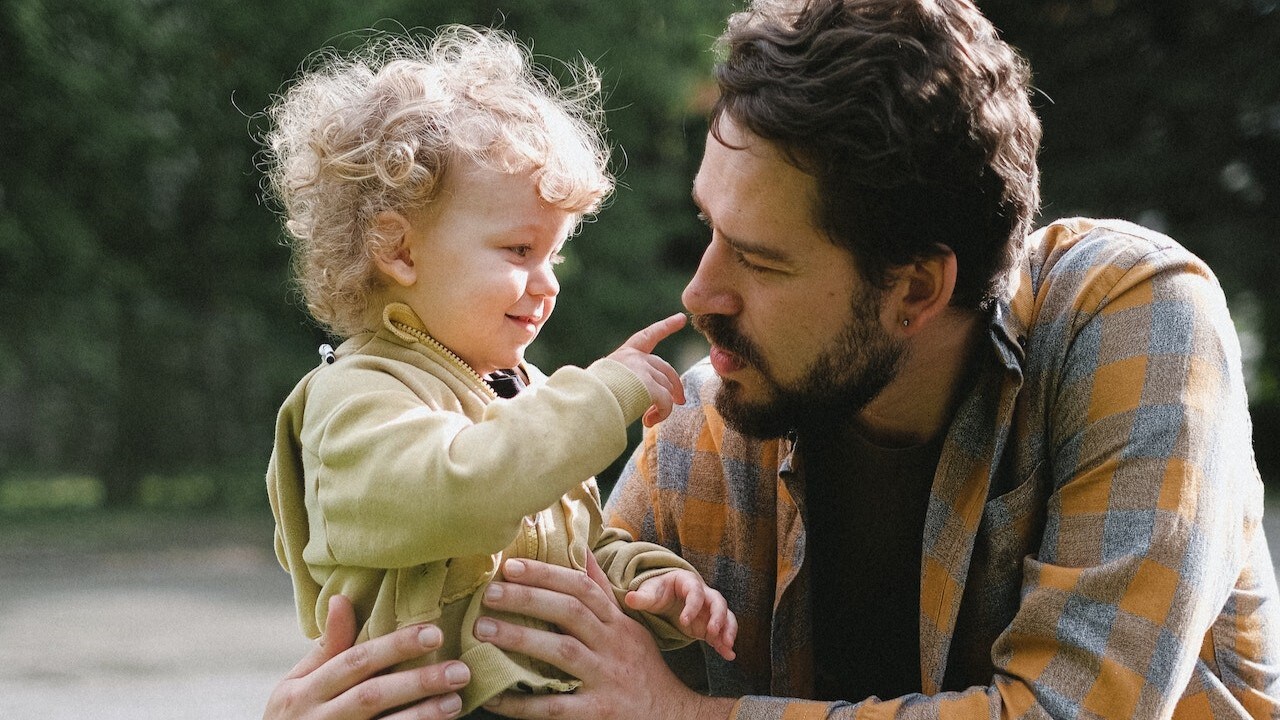
Physical separation often brings significant changes to parenting roles, and these changes can impact the emotional experiences of men and women differently. Women may naturally be more inclined to nurture and take care of others, which might result in a more emotionally focused reaction to divorce, especially when it comes to the welfare of their children.
Conclusion
The emotional stages of divorce are crucial for growth and healing, as individuals navigate the depths of their emotions. These stages may include denial, shock, anger, resentment, sadness, and mourning. With time and patience, healing takes place, and individuals can embrace their scars and their resilience. Reaching out to loved ones, seeking professional support, and seeking solace in shared experiences can help navigate the emotional depths and find strength and courage.
ALSO READ: 10 Ways to Move On in Life After Divorce: A Guide to Thriving





 JOIN OUR WHATSAPP CHANNEL
JOIN OUR WHATSAPP CHANNEL
